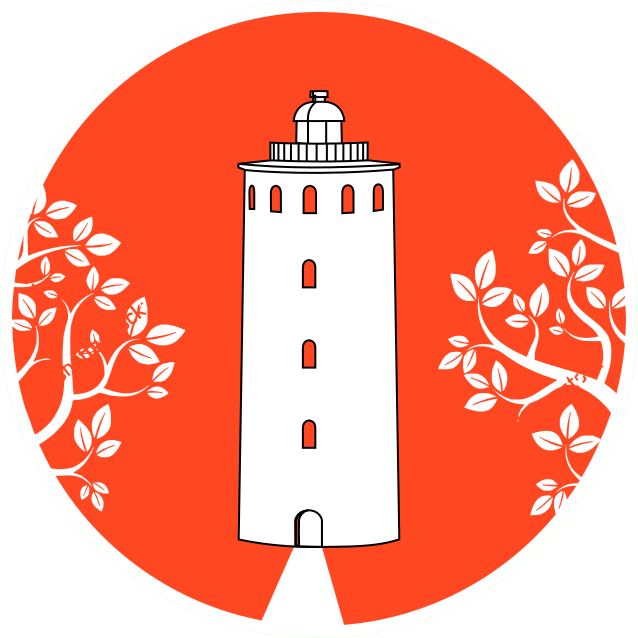Red Phalarope Phalaropus fulicarius were seen several days at Kolka cape. It is a wading bird which has been observed only six times in Latvia. This bird species nest in Arctic regions while winter they spend in southern hemisphere. It has reached Latvia mistakenly as normally their migration path is further away from our country. Peculiar is their feeding method – while swimming they circle around in the water making swirls that bring up different invertebrates they feed on.They return to their nesting places in late May and lay four sometimes three eggs in simple small pit on the coast of a lake. What is interesting that about three weeks only male Red Phalarope brood. Even later when chicks are hatched, male is the one to lead them in big world.
In the video material it can be seen that while swimming among waves it feed on different invertebrates, only this time sea itself mixes water and seaweed. Little bird only has to pick it up.
httpv://www.youtube.com/watch?v=Rooiw56fsfE
